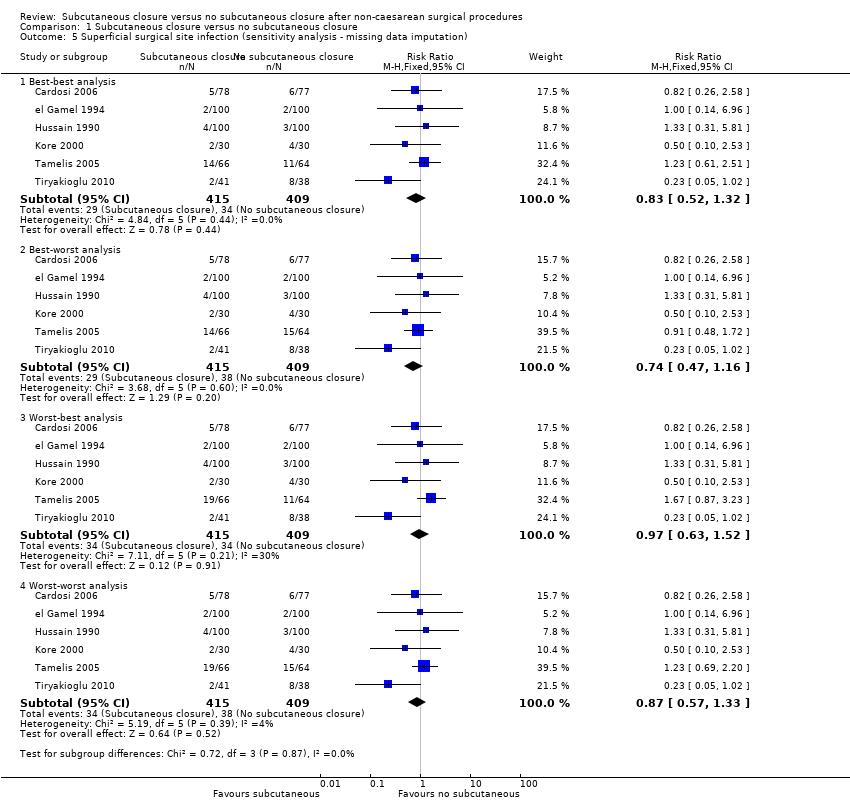Contenido relacionado
Revisiones y protocolos relacionados
Kurinchi Selvan Gurusamy, Etienne Cassar Delia, Brian R Davidson | 4 julio 2013
Saori Goto, Takashi Sakamoto, Riki Ganeko, Koya Hida, Toshi A Furukawa, Yoshiharu Sakai | 9 abril 2020
Clare D Toon, Charnelle Lusuku, Rajarajan Ramamoorthy, Brian R Davidson, Kurinchi Selvan Gurusamy | 3 septiembre 2015
Kurinchi Selvan Gurusamy, Clare D Toon, Victoria B Allen, Brian R Davidson | 14 febrero 2014
Jo C Dumville, Paul Coulthard, Helen V Worthington, Philip Riley, Neil Patel, James Darcey, Marco Esposito, Maarten van der Elst, Oscar J F van Waes | 28 noviembre 2014
Ahmed AL‐Khamis, Iain McCallum, Peter M King, Julie Bruce | 20 enero 2010
Kittipat Charoenkwan, Zipporah Iheozor‐Ejiofor, Kittipan Rerkasem, Elizabeth Matovinovic | 14 junio 2017
Fausto Biancari, Valentina Tiozzo | 12 mayo 2010
A Dhanya Mackeen, Vincenzo Berghella, Mie‐Louise Larsen | 14 noviembre 2012
Soumyadeep Bhaumik, Richard Kirubakaran, Sirshendu Chaudhuri | 6 diciembre 2019
Respuestas clínicas Cochrane
Amanda Ullman | 22 marzo 2017












